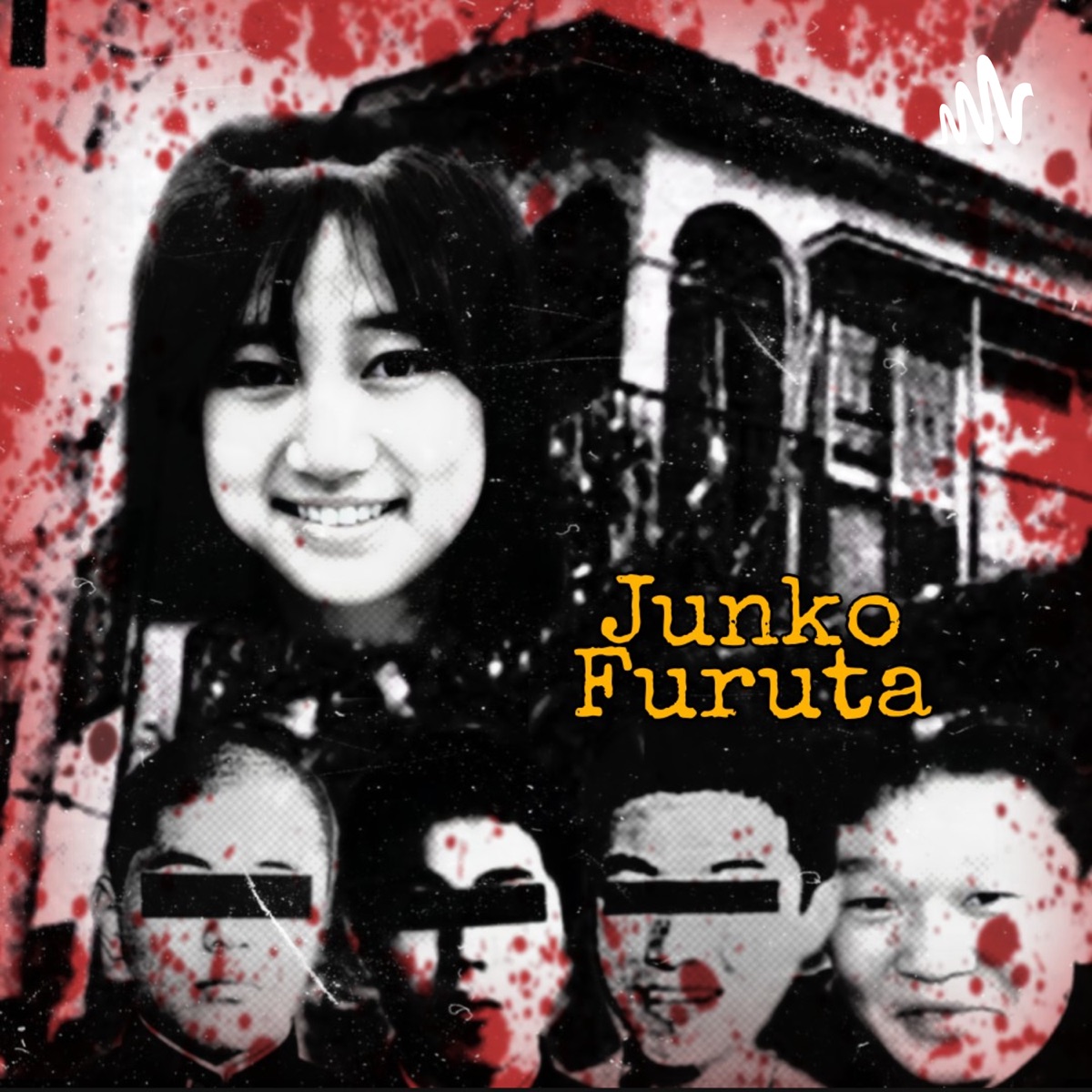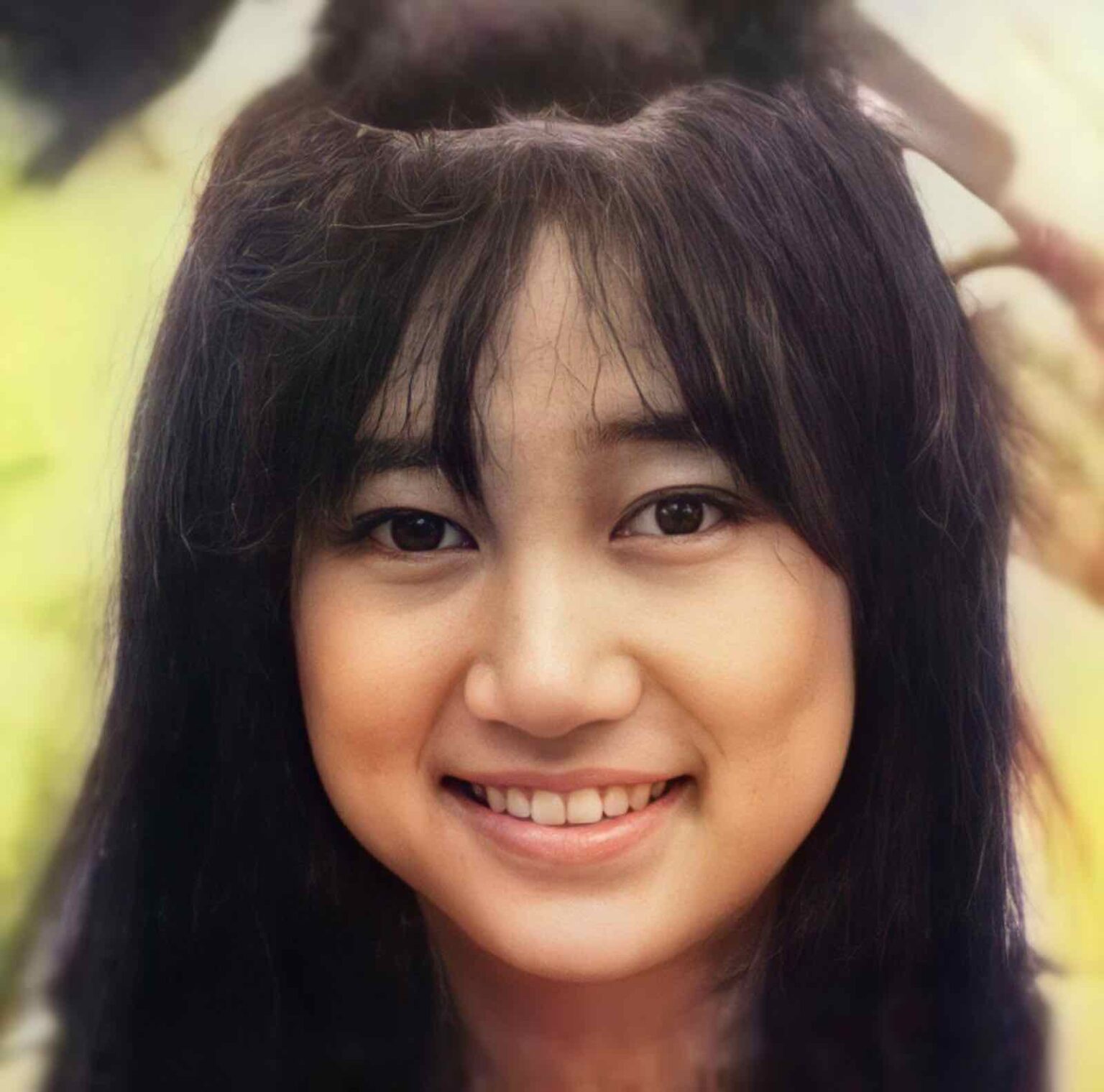It's a tale that sent shockwaves through Japan and continues to haunt people worldwide. The chilling case of Hiroshi Yokoyama and Junko Furuta is one of those stories that forces us to confront the darkest corners of human nature. This is not just a story; it's a deep dive into the events that unfolded, the people involved, and the lasting impact it has had on society. If you're curious about this infamous case, you're in the right place.
Let's start by setting the stage. In 1988, Japan was rocked by a crime so brutal and shocking that it changed the nation's perspective on juvenile delinquency. The case of Hiroshi Yokoyama and Junko Furuta isn't just a crime story; it's a glimpse into the lives of teenagers who committed an unimaginable act. This article aims to shed light on the facts, the people, and the aftermath.
As we delve deeper, you'll discover the nuances of the case, the motivations behind the actions, and how it all came to light. It's a story that's both tragic and compelling, and one that will leave a lasting impression on anyone who reads it. So, buckle up and get ready to uncover the truth behind Hiroshi Yokoyama and Junko Furuta.
- Aditi Mistry All Videos A Deep Dive Into Her Journey And Online Presence
- Sava Onlyfans Leaked The Unfiltered Truth You Need To Know
Who Were Hiroshi Yokoyama and Junko Furuta?
Before we dive into the details, let's take a moment to understand who these individuals were. Hiroshi Yokoyama was one of the perpetrators involved in the notorious Furuta case. Alongside two other teenagers, he played a pivotal role in what would become one of Japan's most infamous crimes. Junko Furuta, on the other hand, was a 14-year-old girl whose life was tragically cut short due to the actions of these young offenders.
Biography of Hiroshi Yokoyama
Hiroshi Yokoyama, born in 1973, grew up in a seemingly normal household. However, as we often discover in these types of cases, there were underlying issues that contributed to his eventual involvement in the crime. Below is a brief overview of his life:
| Full Name | Hiroshi Yokoyama |
|---|---|
| Date of Birth | December 15, 1973 |
| Place of Birth | Kobe, Japan |
| Occupation | Student at the time of the crime |
While not much is known about his early life, it's clear that the events leading up to the crime were influenced by his environment and the people he associated with.
- Movie Rulez2 Your Ultimate Guide To Streaming Movies Like A Pro
- Aditi Mistry Private Life Unveiling The Layers Beyond The Spotlight
Unpacking the Furuta Case
The Furuta case, as it came to be known, is one of the darkest chapters in Japan's criminal history. It all began on December 1, 1988, when Junko Furuta, a 14-year-old girl, was abducted from her home by three teenage boys, including Hiroshi Yokoyama.
What Happened That Night?
On that fateful night, Junko Furuta was lured to an abandoned building under false pretenses. Once there, she was subjected to unimaginable horrors. The boys held her captive for 44 days, during which time they repeatedly tortured and assaulted her. The details of the case are harrowing, and the sheer brutality of their actions left the nation in disbelief.
- Junko was held captive in an abandoned building
- She was subjected to physical and psychological torture
- The perpetrators were all under the age of 18 at the time
The Role of Hiroshi Yokoyama
Hiroshi Yokoyama played a significant role in the events that unfolded. As one of the three perpetrators, he was directly involved in the abduction and subsequent torture of Junko Furuta. His actions, along with those of his accomplices, highlighted the dangers of unchecked teenage aggression and the need for stricter juvenile laws.
Motivations and Influences
Understanding what drove Hiroshi Yokoyama and his co-conspirators to commit such a heinous act is crucial. While there's no definitive answer, experts point to a combination of factors, including:
- Peer pressure and the desire to fit in
- A lack of parental guidance and supervision
- The influence of violent media and video games
These factors, coupled with the anonymity of their actions, created a perfect storm that led to the tragic events.
Legal Repercussions
Given the severity of the crime, the legal system had to respond swiftly and decisively. However, due to the age of the perpetrators, the case highlighted the limitations of Japan's juvenile justice system.
The Trial and Sentencing
Hiroshi Yokoyama and his accomplices were tried as juveniles, which meant their identities were protected and their sentences were more lenient than they would have been for adults. The court ultimately sentenced them to varying terms of imprisonment, but the public outcry for harsher penalties was deafening.
This case prompted significant changes in Japan's juvenile justice system, including lowering the age at which individuals can be tried as adults.
The Aftermath
The Furuta case left a lasting impact on Japanese society. It sparked debates about juvenile delinquency, the influence of media on youth, and the need for stricter laws. The story of Hiroshi Yokoyama and Junko Furuta serves as a cautionary tale about the dangers of unchecked teenage behavior.
Public Reaction and Legacy
Public reaction to the case was overwhelming. Many questioned how such a crime could occur in a seemingly peaceful society. The case also brought attention to the need for better education and mental health support for teenagers.
Today, the Furuta case is remembered as a turning point in Japan's approach to juvenile crime. It serves as a reminder of the importance of accountability and the need for a justice system that can adapt to the evolving nature of crime.
Lessons Learned
As we reflect on the events surrounding Hiroshi Yokoyama and Junko Furuta, several key lessons emerge:
- The importance of parental guidance and supervision
- The need for stricter juvenile laws and accountability
- The impact of media and technology on young minds
These lessons are as relevant today as they were in 1988, reminding us of the ongoing need to address the root causes of juvenile delinquency.
Impact on Society
The Furuta case had a profound impact on Japanese society. It led to significant changes in the juvenile justice system and prompted discussions about the role of media in shaping young minds.
Changes in Juvenile Justice
Following the case, Japan implemented several changes to its juvenile justice system, including:
- Lowering the age at which individuals can be tried as adults
- Increased transparency in juvenile court proceedings
- Enhanced support for victims and their families
These changes reflect a growing recognition of the need for a more balanced approach to juvenile crime.
Conclusion
The story of Hiroshi Yokoyama and Junko Furuta is one that continues to resonate with people around the world. It's a reminder of the importance of accountability, the need for a just legal system, and the impact of societal influences on young minds.
As you reflect on this tragic tale, consider the lessons it offers and how they can be applied to prevent similar incidents in the future. If you found this article informative, share it with others and continue the conversation. Together, we can work towards a safer and more just society.
Table of Contents
- Who Were Hiroshi Yokoyama and Junko Furuta?
- Unpacking the Furuta Case
- The Role of Hiroshi Yokoyama
- Legal Repercussions
- The Aftermath
- Lessons Learned
- Impact on Society
- Conclusion
Remember, the story of Hiroshi Yokoyama and Junko Furuta is more than just a crime story; it's a call to action for a better future.
- Sava Onlyfans Leaked The Unfiltered Truth You Need To Know
- Aditi Mishra Nude Video Unveiling The Truth Behind The Viral Sensation


